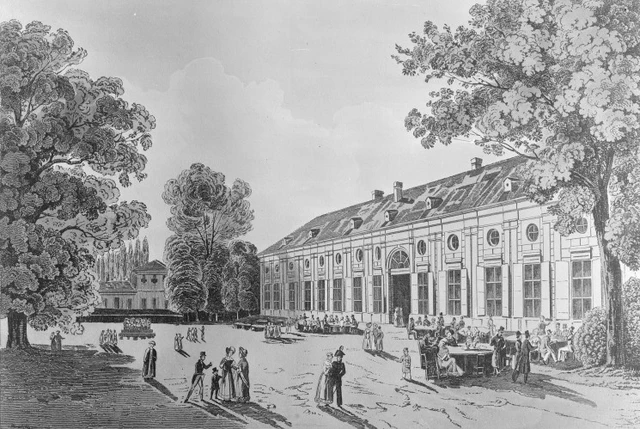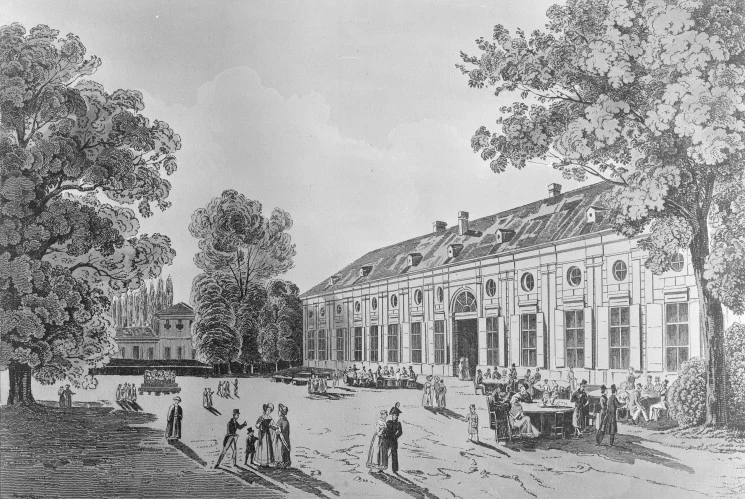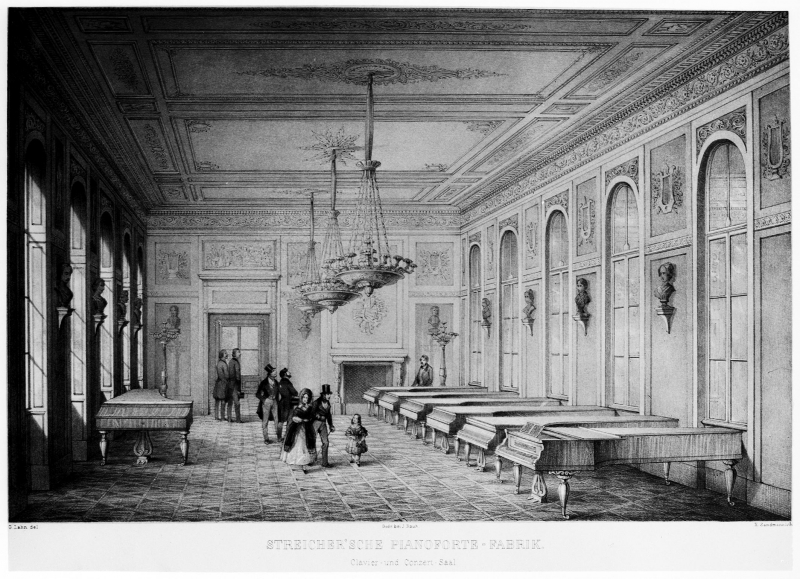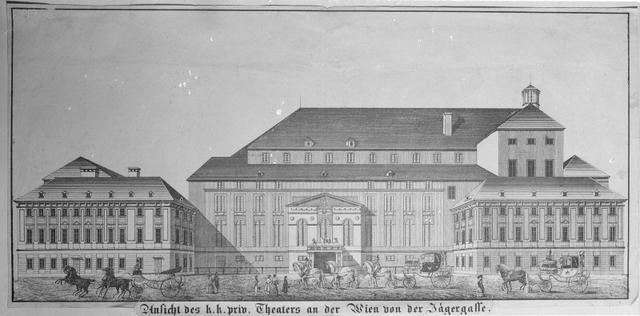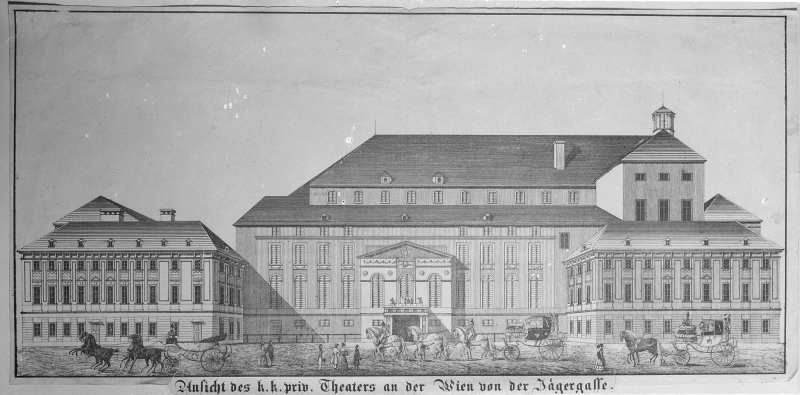The pianist Nanette Streicher, who owned the Streicher piano company, was a friend of Beethoven’s, and also helped him with housekeeping and finding accommodation. She ran a music salon of her own in Ungargasse, which she arranged to have converted into a concert hall. The hall was opened in April 1812 with a performance of Beethoven's overture to “Coriolan.” Several instruments built by Streicher, whose pianos were renowned all over Europe, can found in the collections of the Vienna Museum of Science and Technology (Technisches Museum Wien – TMW).
“His Royal Highness … ,a great proportion of the high aristocracy of the area, and a great many listeners from the educated classes… turned out for this most excellent of concerts, which triggered but one emotion in all those presence, namely great pleasure and complete satisfaction.”
Der Sammler, 18. April 1812, No. 47, p. 194.

